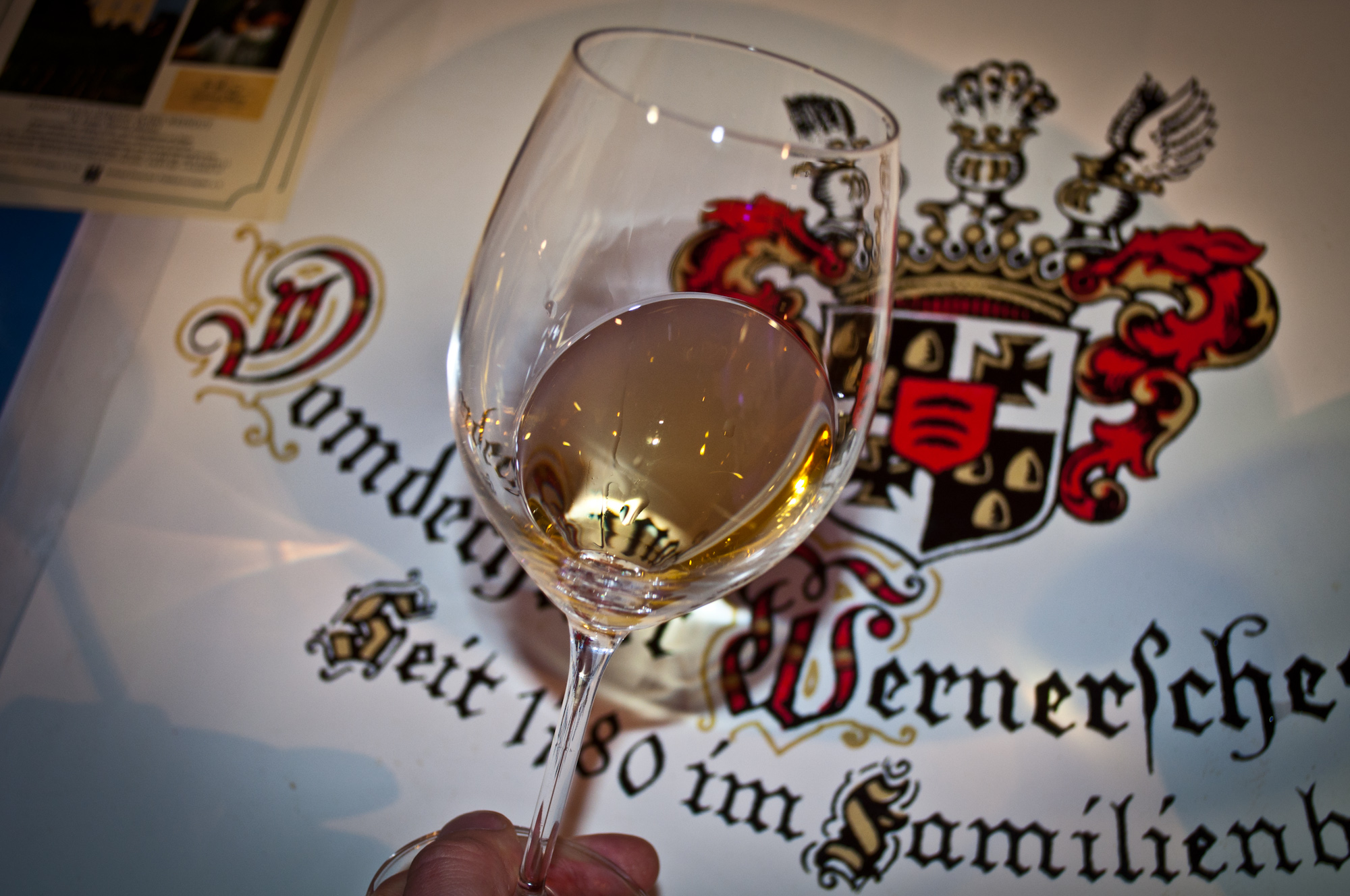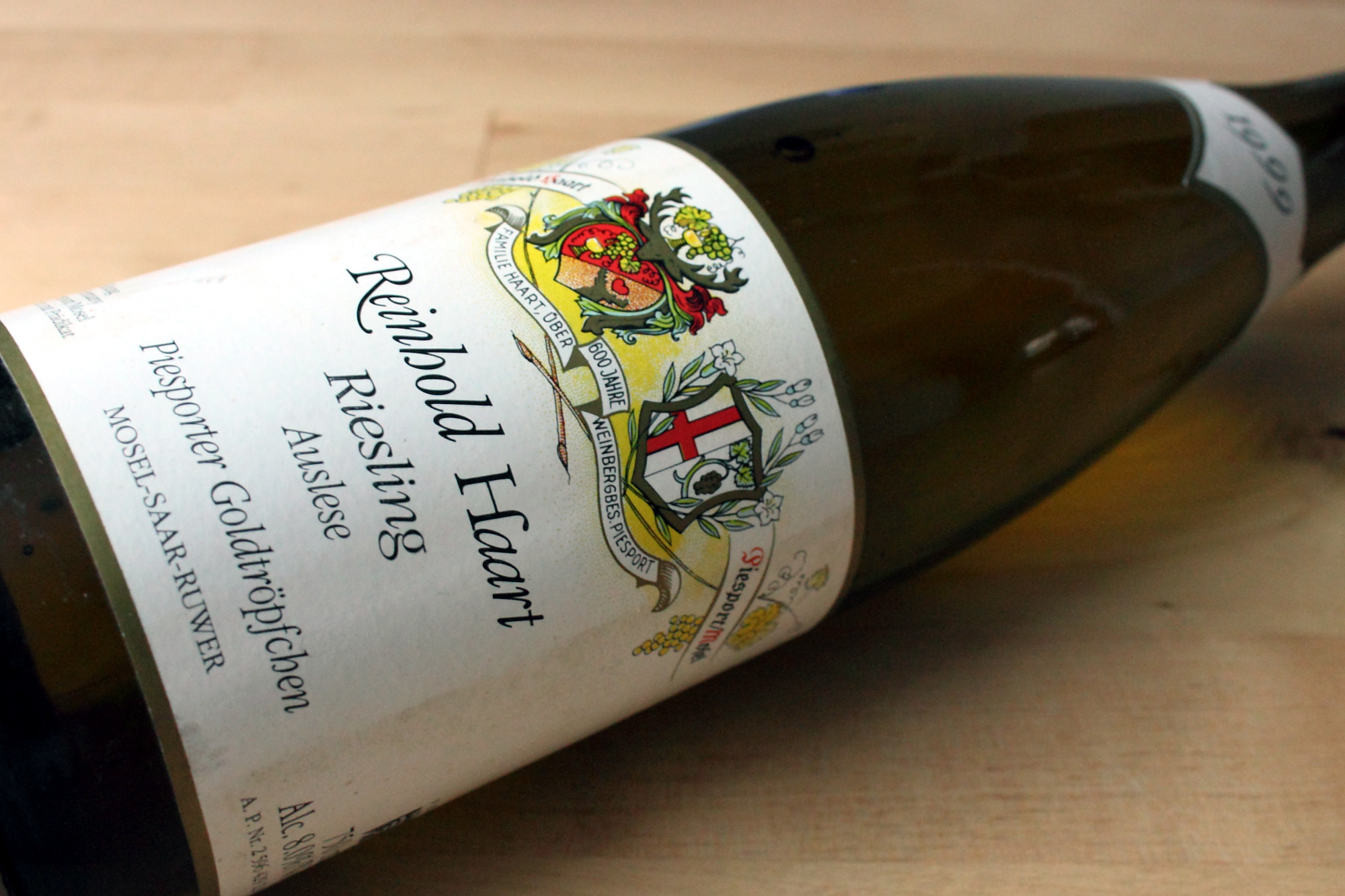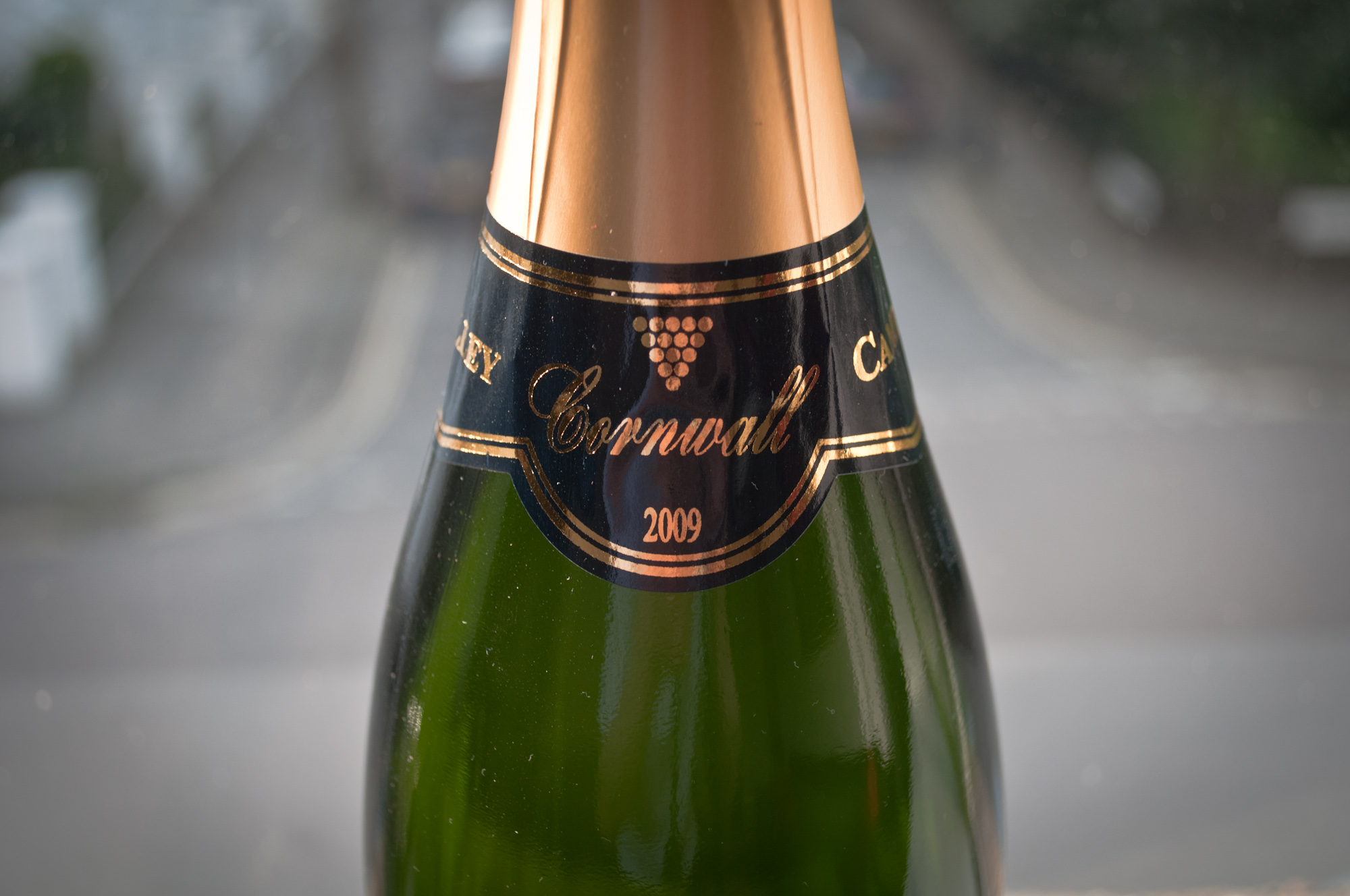Weingut Kistenmacher & Hengerer, Lemberger Alte Reben, 2008
I confess that I read my co-Rambler Torsten's fine report on the marketing of German wine in the UK with the kind of sinking feeling that comes over me when faced with the strange irreality of wine marketing - a loop of popular perceptions created by marketing trends, which then need to be catered for by even cleverer marketing, a sense that I found nicely captured in Andrew Connor's comment as well. But how to leave the loop behind? By trying some goddamn German wine, instead of "German wine". Recently, we have been looking a lot at Württemberg, land of the engineers and car-parts manufacturers, and recently also the country's environmentalist stronghold, for that kind of new blood and new places. An example of how much can be achieved outside the classic growing areas, and outside pre-defined stylistic moulds, is the Kistenmacher-Hengerer winery of Heilbronn, a smallish town on the river Neckar.

So you're not quite prepared yet to move your Piesporter Goldtröpfchens and your Bernkasteler Doktors aside to make room in your cellar for this? Well then, here is our review:







